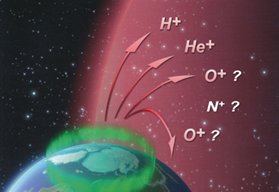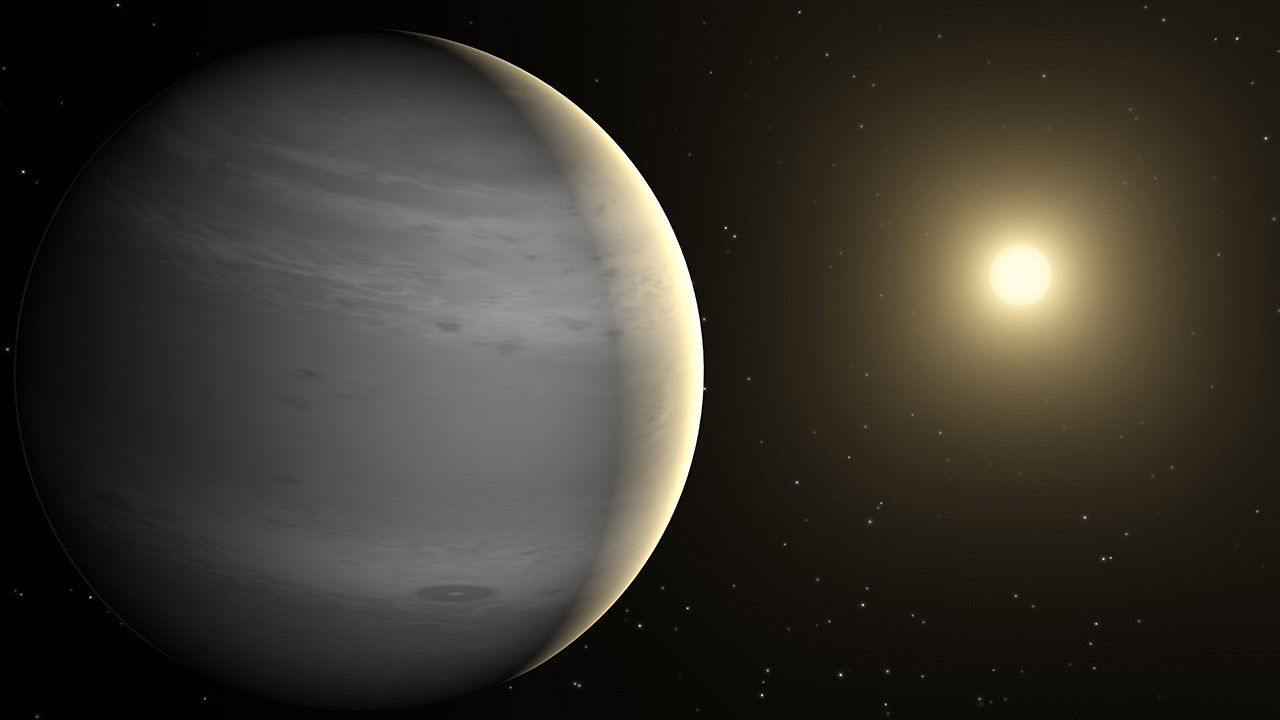Atmospheric ion escape and its role in the evolution of planetary atmospheres
Le 7 novembre 2025, Iannis Dandouras, 10h45 à 12h45, Salle Jules Verne, OMP, site Belin
Summary: Understanding the evolution of planetary atmospheres, and particularly the evolution of their composition and eventual habitability, is a major challenge. The evolution of an atmosphere is driven by its interactions with the planetary surface and interior, the influx from space (e.g. meteors), and the atmospheric escape in the form of neutral or ionised atoms or molecules, upwelling from the atmosphere and escaping to space. For a planet like Earth, atmospheric escape in the form of neutrals concerns essentially hydrogen whereas heavier species, such as oxygen and nitrogen which constitute today 99% of the mass of the terrestrial atmosphere, need to be accelerated as ions in order to reach escape velocities. Some of the outflowing ions can be re-injected into the inner magnetosphere whereas some can completely escape to outer space. Observations of ion populations outflowing from the terrestrial atmosphere and escaping to space will be presented and their dependence on the solar wind parameters and on the geomagnetic activity conditions will be analysed. Integrating the actual ion loss rates over geological time scales (2 to 4 billion years ago) and considering that the young Sun was much more active provides an indication on how ion escape is adequate to change the composition of the atmosphere of a terrestrial planet.






